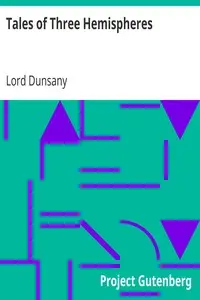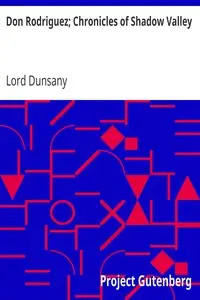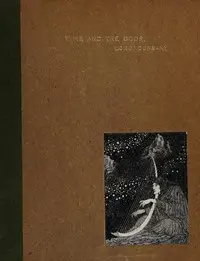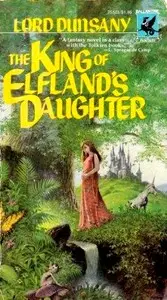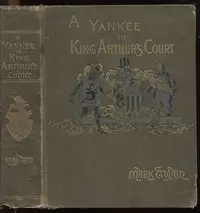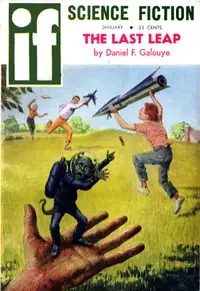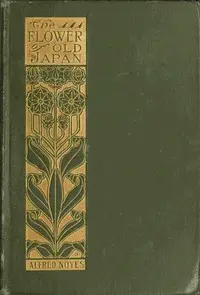"Tales of Wonder" by Lord Dunsany is an assembly of short stories from the early 1900s that combines imagination and thoughtful ideas. Through colorful expression and creative tales, it welcomes us to a place where dreams blend with reality and old stories meet modern times, as it grows the reaches of possibility. The book commences by presenting different individuals and settings, alluding to subjects of fascination, storytelling, and what it means to be alive through a magical perspective. The collection opens with insightful thoughts about the role of dreams during times of conflict in Europe. The initial narrative paints a picture of a London full of magic and beauty, capturing the attention of a Sultan. As the anthology unfolds, each tale is imbued with both commonplace and extraordinary aspects, exploring themes of destiny, time, humanity and fate, all while using expressive language and vibrant descriptions that sets readers up for travels through mysterious territories and one-of-a-kind encounters, honoring amazing and dreamlike facets of life.
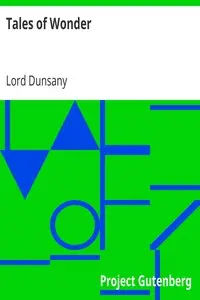
Tales of Wonder
By Lord Dunsany
Venture into a collection of imaginative tales where magic meets reality and the ordinary transforms into the extraordinary.
Summary
About the AuthorEdward John Moreton Drax Plunkett, 18th Baron Dunsany, commonly known as Lord Dunsany, was an Anglo-Irish writer and dramatist. He published more than 90 books during his lifetime, and his output consisted of hundreds of short stories, plays, novels, and essays; further works were published posthumously. Having gained a name in the 1910s as a great writer in the English-speaking world, he is best known today for the 1924 fantasy novel The King of Elfland's Daughter, and his first book, The Gods of Pegāna, which depicts a fictional pantheon. Many critics feel his early work laid grounds for the fantasy genre.
Edward John Moreton Drax Plunkett, 18th Baron Dunsany, commonly known as Lord Dunsany, was an Anglo-Irish writer and dramatist. He published more than 90 books during his lifetime, and his output consisted of hundreds of short stories, plays, novels, and essays; further works were published posthumously. Having gained a name in the 1910s as a great writer in the English-speaking world, he is best known today for the 1924 fantasy novel The King of Elfland's Daughter, and his first book, The Gods of Pegāna, which depicts a fictional pantheon. Many critics feel his early work laid grounds for the fantasy genre.

![Tales of the Wild and the Wonderful [1867] by Mary Diana Dods](https://cdn.a2-host.cloud/0zdlYvpSYfnXW0YGQwjHGqRT2OsM47gaiMBIB8p4uEg/rs:fill:215:325:0/g:ce/aHR0cHM6Ly9zcC1hc3NldHMuczMudXMtd2VzdC0wMDQuYmFja2JsYXplYjIuY29tL2Jvb2svNjYxMDYvVGFsZXNfb2ZfdGhlX1dpbGRfYW5kX3RoZV9Xb25kZXJmdWxfMTg2N19jb3Zlci5qcGc.webp)
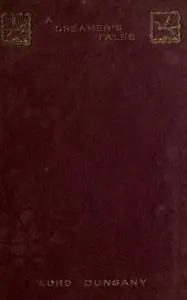
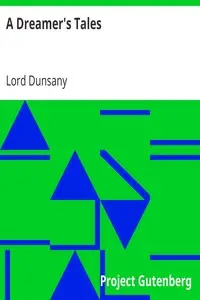


![Tales of the Wild and the Wonderful [1825] by Mary Diana Dods](https://cdn.a2-host.cloud/99xXHrG8Wi5hFtIVVxkaBp0K8ETPkFmefMMsYfdYNlQ/rs:fill:215:325:0/g:ce/aHR0cHM6Ly9zcC1hc3NldHMuczMudXMtd2VzdC0wMDQuYmFja2JsYXplYjIuY29tL2Jvb2svNjU1OTcvVGFsZXNfb2ZfdGhlX1dpbGRfYW5kX3RoZV9Xb25kZXJmdWxfMTgyNV9jb3Zlci5qcGc.webp)
